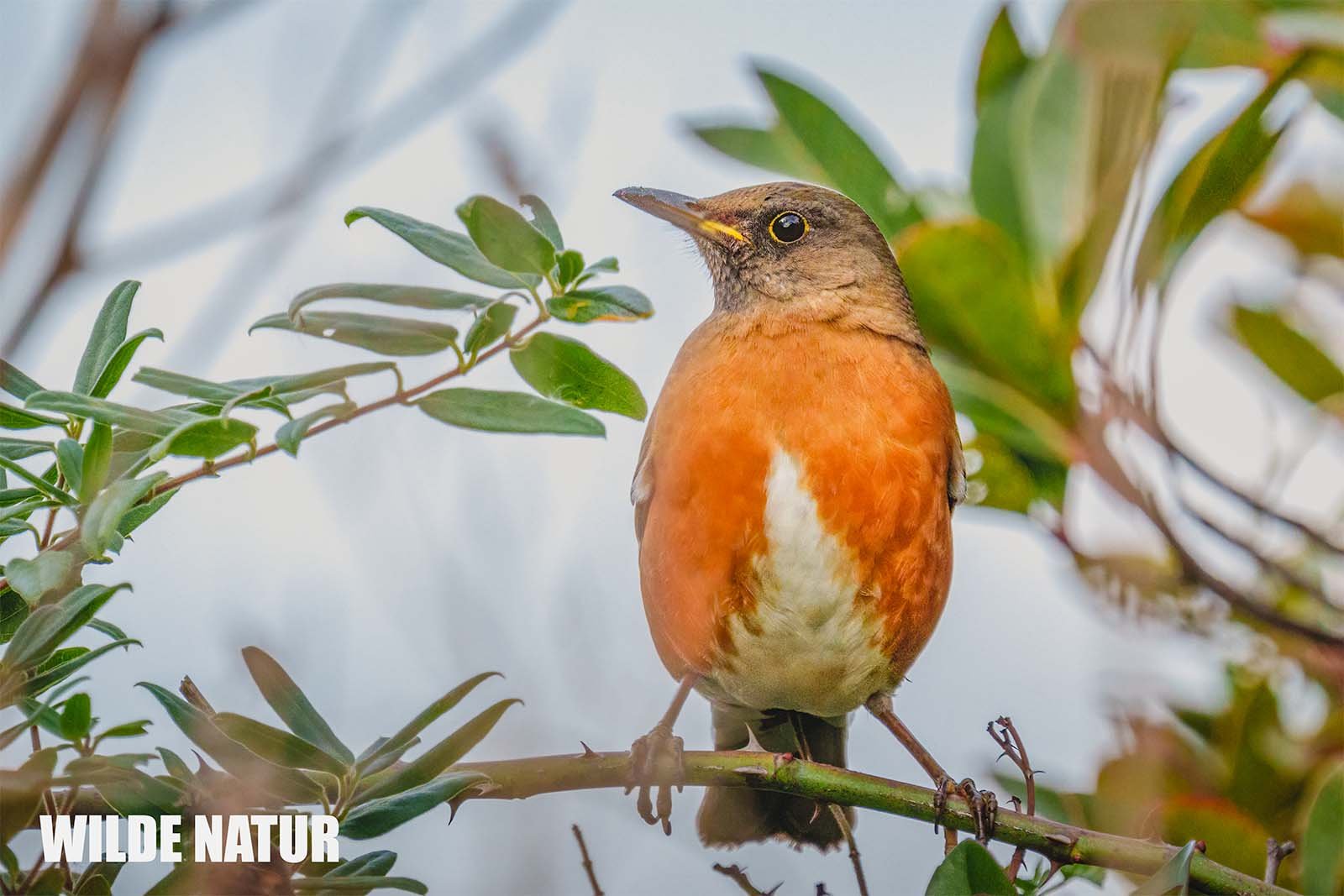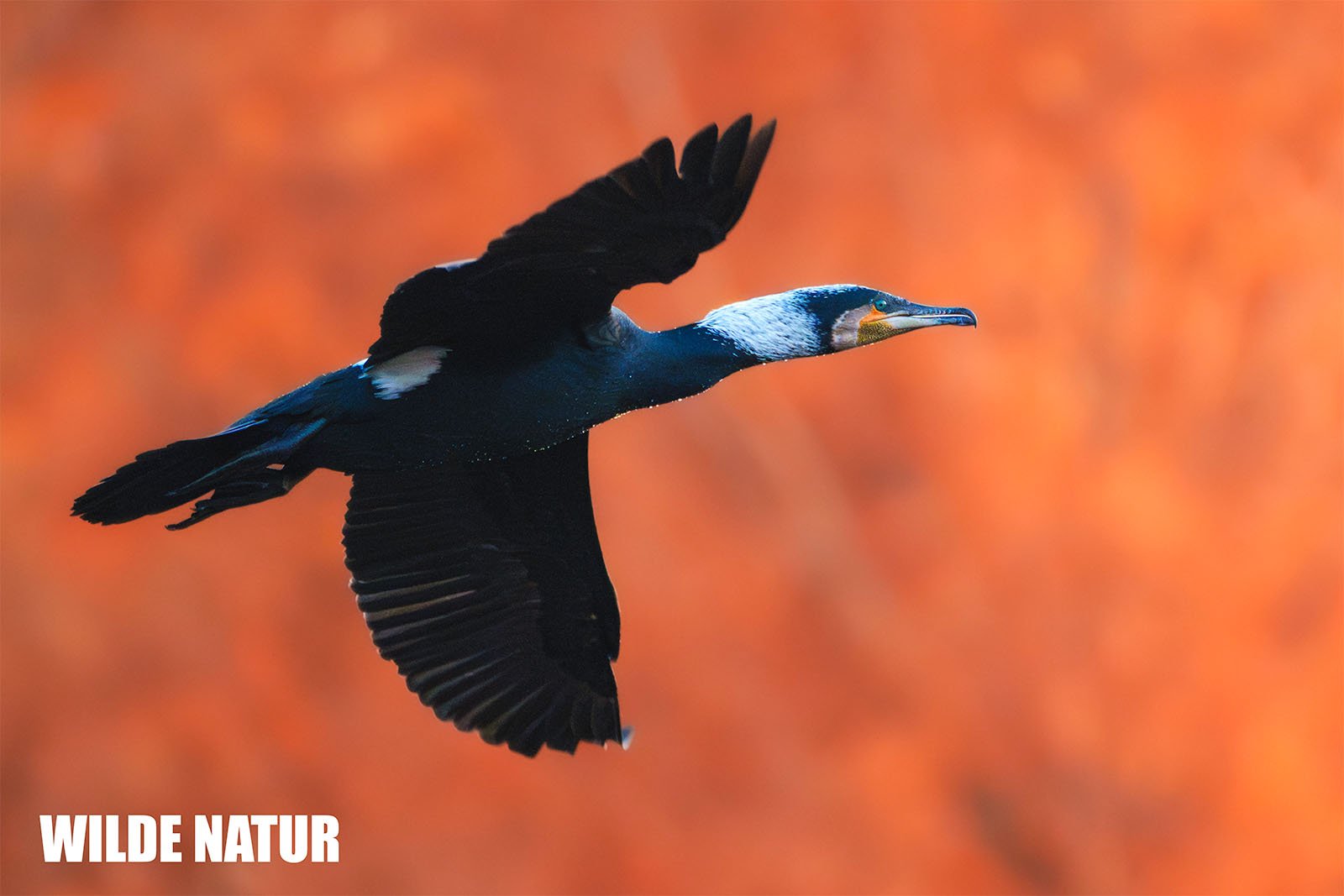Eurasian treecreeper (Certhia familiaris)
Eurasian treecreeper (Certhia familiaris)
Treecreeper – The Forest Climbing Artist
The Treecreeper is a small bird that skillfully climbs tree trunks. Learn about its camouflaged plumage, forest habitat, and insect-based diet.
Quick Facts
- Size: 12.5–14 cm, with bark-colored plumage.
- Features: Pure white underside, distinctive eye stripe, curved bill.
- Habitat: Coniferous and mixed forests, particularly with a high proportion of evergreens.
- Reproduction: Nests behind loose bark, in tree crevices, or specially designed nest boxes.
- Diet: Small insects, spiders, and occasionally seeds, foraged from tree bark.
Key Data
- Scientific Name: Certhia familiaris
- Size: 12.5–14 cm
- Distribution: Coniferous and mixed forests across Europe and Asia
- Habitat: Primarily higher altitudes up to the treeline
- Special Feature: Unique climbing technique and perfectly camouflaged plumage
Table of Contents
- Introduction: The Treecreeper and Its Unique Traits
- Characteristics of the Treecreeper
- Habitat and Distribution
- Reproduction and Nesting
- Diet and Climbing Technique
- Practical Examples: How to Spot a Treecreeper
- FAQ: Frequently Asked Questions About the Treecreeper
1. Introduction: The Treecreeper and Its Unique Traits
The Treecreeper (Certhia familiaris) is a small, fascinating bird commonly found in forests. Measuring 12.5 to 14 cm in length and adorned with bark-colored plumage, it blends seamlessly into its environment. However, a closer look reveals its extraordinary behavior: the Treecreeper hops mouse-like up tree trunks in search of food.
Its life revolves around coniferous and mixed forests, where it finds both food and shelter for nesting. Remarkably adapted to its surroundings, its camouflaged plumage protects it from predators, while its curved bill is perfectly designed to extract insects from tree bark.
2. Characteristics of the Treecreeper
The Treecreeper is a master of camouflage, with physical features tailored to life on tree trunks.
- Size and Build: At 12.5–14 cm, it’s a small songbird with a compact body and relatively long tail.
- Plumage: The upper side is brownish-gray, mimicking tree bark. Its underside is pure white, providing a striking contrast.
- Head and Bill: A pale eye stripe and a slightly curved, slender bill distinguish it. The bill is shorter compared to the closely related Eurasian Treecreeper (Certhia brachydactyla).
- Tail and Feet: Its stiff tail provides support while climbing, and strong feet with sharp claws help it cling to vertical surfaces.
Unlike many birds that prefer open spaces or branches, the Treecreeper spends most of its time on tree trunks, climbing upwards in a spiral motion.
3. Habitat and Distribution
The Treecreeper is a typical resident of cool, forested environments, particularly favoring trees with textured bark.
Typical Habitats
- Coniferous Forests: Common in mountain ranges and areas dominated by spruce, fir, or pine.
- Mixed Forests: Thrives in forests with a mix of conifers and deciduous trees.
- High Altitudes: Found at elevations up to the treeline, especially in alpine regions.
Distribution
The Treecreeper is widespread across Europe and Asia. In Central Europe, its range overlaps with the Eurasian Treecreeper, but it tends to favor cooler coniferous forests.
4. Reproduction and Nesting
Treecreepers build their nests in crevices that offer natural protection, demonstrating their reliance on tree structures.
Nest Locations
- Tree Crevices and Loose Bark: Prefers natural hiding spots, such as spaces behind peeling bark or in deep tree cracks.
- Nest Boxes: Readily accepts nest boxes with side entrances designed to mimic natural crevices.
- Materials: Constructs nests from twigs, moss, and grass, carefully lined with soft materials for insulation.
Breeding Cycle
- Clutch Size: Usually lays 5–7 eggs.
- Incubation: Eggs are incubated for about 14–15 days.
- Fledging: Chicks remain in the nest for 16–18 days before becoming independent.
The well-concealed nests protect the young from predators, while the parents diligently forage for food.
5. Diet and Climbing Technique
The Treecreeper’s diet and foraging behavior are unique, making it a vital component of forest ecosystems.
Main Diet
- Insects and Spiders: Feeds on small insects, larvae, and spiders extracted from tree bark.
- Seeds: In winter, seeds supplement its diet.
Foraging Behavior
Using its curved bill, the Treecreeper carefully probes bark crevices for hidden prey. It climbs tree trunks in a spiral pattern, supported by its stiff tail and sharp claws. This methodical technique allows it to cover large areas efficiently, making it an expert at locating food others might miss.
6. Practical Examples: How to Spot a Treecreeper
Despite its excellent camouflage, the Treecreeper can be identified by its distinctive climbing style and behavior.
Observation Tips
In coniferous or mixed forests, look for a small bird hopping upward on tree trunks in short, jerky movements. Pay attention to its soft, high-pitched call, which can help you locate it even when it blends into its surroundings. Winter months, when trees are bare, make spotting this elusive bird easier.
7. FAQ: Frequently Asked Questions About the Treecreeper
1. How does the Treecreeper differ from the Eurasian Treecreeper?
The Treecreeper prefers cooler, coniferous forests, has a shorter bill, and whiter underparts compared to the Eurasian Treecreeper.
2. Where does the Treecreeper build its nest?
It nests behind loose bark, in tree crevices, or occasionally in specially designed nest boxes.
3. What does the Treecreeper eat?
Its diet mainly consists of small insects, spiders, and in winter, seeds.
4. How does the Treecreeper climb trees?
It moves upward in a spiral pattern, using its stiff tail for support and sharp claws to cling to the bark.
5. What kind of habitat does the Treecreeper prefer?
It thrives in coniferous and mixed forests, especially in cooler regions and higher altitudes.





















